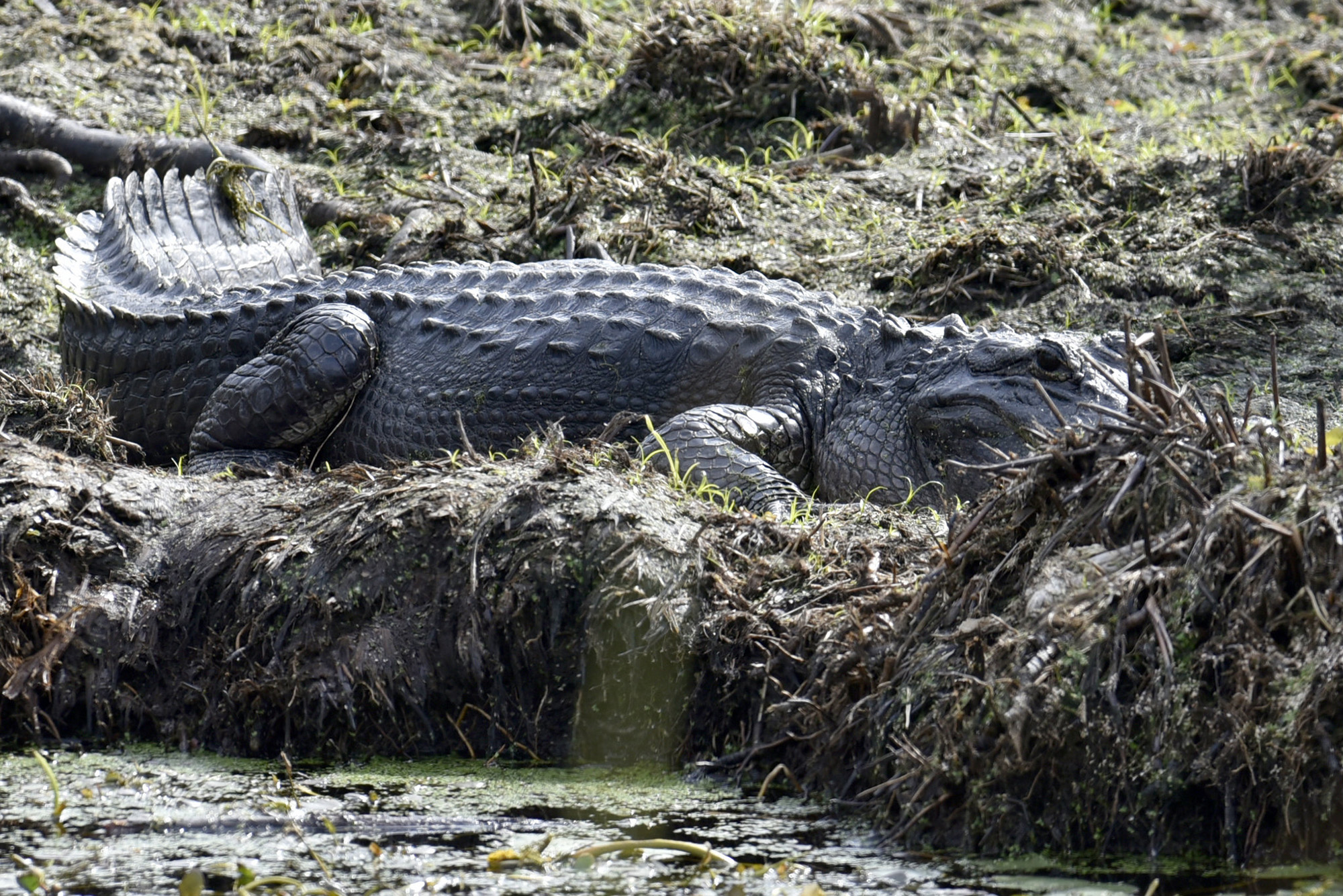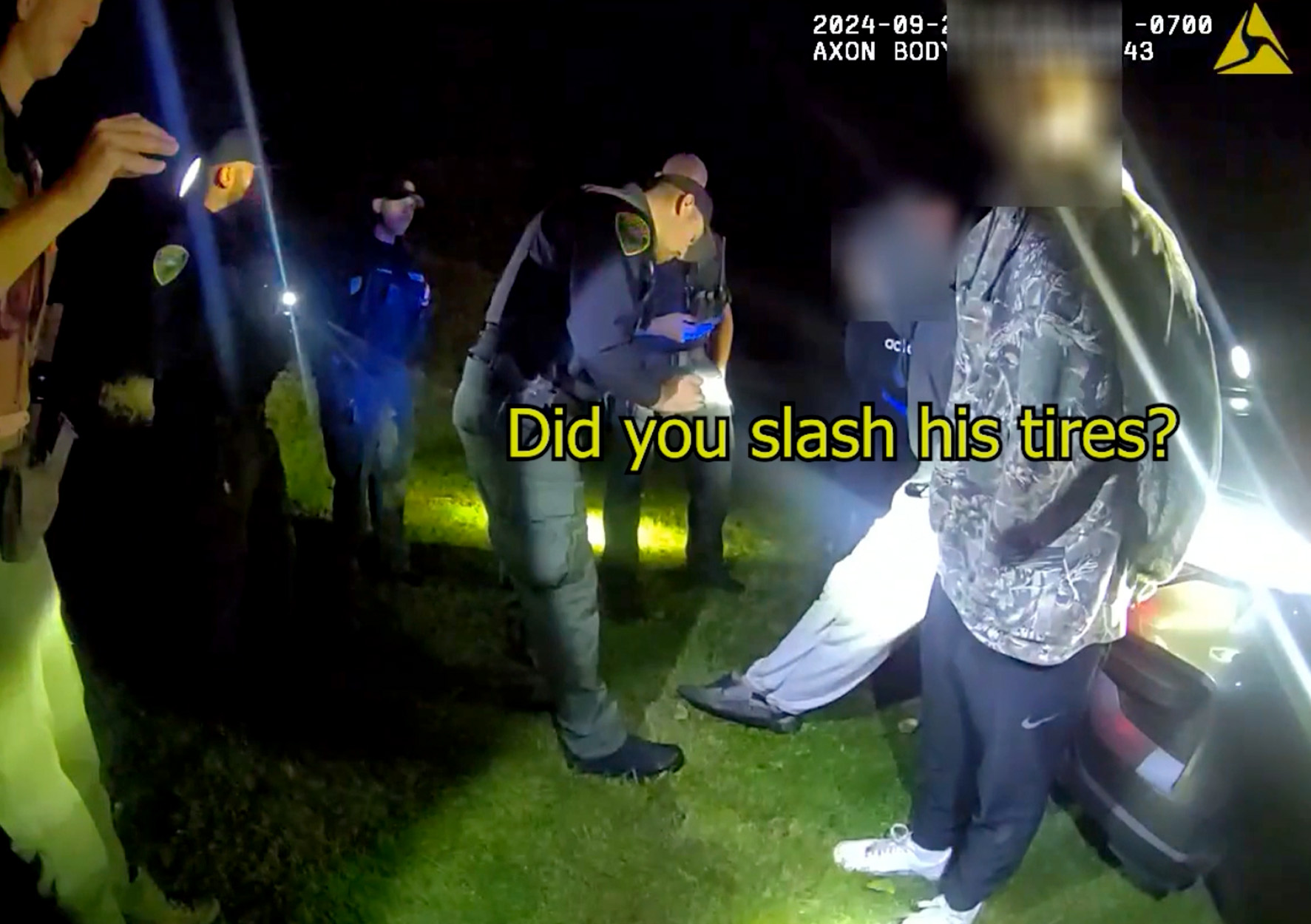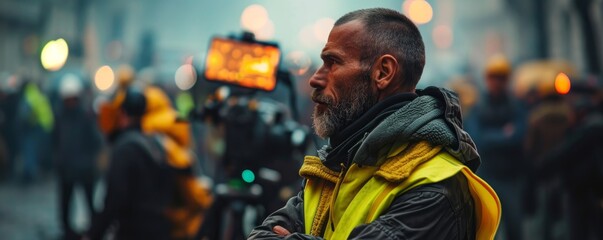How to Defend Yourself Against Night Vision
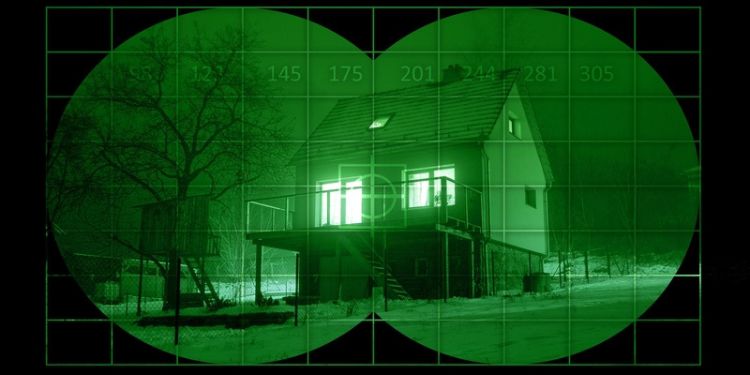
It was not that long ago when opponents faced each other in night combat with nothing but moonlight, starlight, and maybe some illumination flares to guide their way. Night vision came into existence nearly a century ago and took most of the following 100 years to become widely available to the public. Today, military-quality night vision devices are relatively inexpensive and readily available on the market.
The military, police forces, and regular citizens alike have night vision capabilities. To be able to avoid detection at night, it is no longer enough to be an expert at blending in with the shadows. You must have the skills to defend against night vision.
How Does Night Vision Work
Light travels in waves with crests and troughs, much like ocean waves. The distance between one crest and the next is called a wavelength. We can see wavelengths of between 380 and 700 nanometers. These are all the colors of the rainbow. Night vision can see between 700 and 1,000 nanometers (near-infrared), with older and cheaper versions only able to see a much smaller portion of that range.
Versions with image intensifiers, like most military-grade devices, can amplify the visible light spectrum also. This is important because night vision does not just amplify faint lights that we would normally be able to see, but also can see a different range of light.
Related: 9 Hiding Spots in Your House Where Looters Always Look First
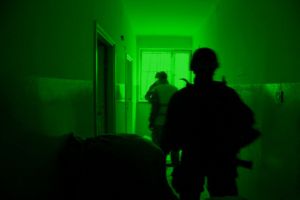 The near-infrared and visible light ranges are significant products of sun and starlight, which then reflects off the moon. This is the “ambient” light that night vision works with.
The near-infrared and visible light ranges are significant products of sun and starlight, which then reflects off the moon. This is the “ambient” light that night vision works with.
The more sophisticated the night vision device, the greater its ability to amplify and clarify the light to provide a better image for the user.
While not a thermal imaging device, night vision is capable of seeing heated sources because heat produces infrared radiation, which becomes visible when the object is hot enough.
Low-heat sources, like the human body, are typically far outside of the visible range, but objects approaching 450 degrees Fahrenheit have enough infrared radiation to become visible.
Incandescent light bulbs also produce light in the near-infrared range because of this. Like a block of metal that a blacksmith has heated up, eventually we can see it glowing. Night vision can see this glow much sooner in the heating process.
How to Avoid Detection
Light
The first and most obvious step to take is to reduce or eliminate your light signature. It is critical to remember that light reflects, so even concentrated light sources, like laser pointers, will cause a room to glow in night vision.
Related: 9 Home Security Mistakes That You Are Probably Making Right Now
If you must use a light source, use colors at the far ends of the visible light spectrum. Blue/violet, or deep red lights are still visible to night vision, but they are less efficiently amplified, making them less noticeable. Red light is also more difficult for humans to see, making it the ideal choice for discreet lighting.
Heat
Be cautious of heat sources. Even if you have a super muffler on your generator that makes it almost silent, the heat of the exhaust will make the generator glow in night vision. The same goes for vehicle exhausts. This is especially important with any object that produces high heat and also visible light, like a cigarette. Cigarettes can make a room glow very brightly, and the cherry itself looks like a car headlight in night vision. Unlike thermal imagers, night vision makes infrared radiation more noticeable by the light it casts on walls, instead of having to see the actual heat source.
If you must use a light source or smoke, do so in a room that you have purposely fitted to block all light sources, preferably one without windows.
⇒ How to Build the Oven That Cooks Without Fire, Fuel, Smell, or Smoke (Video)
Always remember that light reflects, and you need to cover all escape points from the room for light, including under the door, the spaces around the door frame, vents, and especially windows.
In a SHTF scenario where you must fight armed opponents, be very cautious of your rifle barrel, especially if you are using a suppressor. Suppressors quickly get hot, and like the blacksmiths metal, the suppressors glow will be visible to night vision within only a handful of shots.
Clothing
Reflecting light creates a problem with our clothing as well. Some materials are manufactured to look brighter or use materials that reflect light well, meaning they show up better on night vision. This becomes especially problematic if you use optical brighteners in your laundry.
Military uniforms are manufactured to not have this problem, but many warfighters mistakenly use color boosting laundry detergent that ends up making them glow in night vision. Because these optical brighteners can linger in clothing after many washes, it is important that you have a dedicated SHTF outfit that has never been washed with these detergents and was manufactured to military specs.
Take Advantage of Low-Light Hours
If you must travel or operate outside, do so in the very early dawn or late dusk when you can see enough, but it is still too bright for most night vision. This will help to minimize the abilities of the night vision devices and normal human vision at the same time. Fully overcast nights are perfect, because night vision will become nearly useless without the ambient light.
Defeat Detection
If all the precautions fail and you have been detected, you need to defeat the capabilities of your opponent’s night vision. This is easier done when you do not have night vision yourself because you do not need to worry about blinding yourself in the process but can work either way.
Night vision, as we know, is designed for very low light environments, so use bright lights to blind your opponents. A bright flashlight pointed in their direction will help illuminate what you see and simultaneously overload the night vision devices because they will have to adjust to the brighter light, making the surrounding light too dark to see into.
The flashlight will naturally become a prime target of their observation, so leave it in place and use the opportunity to move to another location or bugout. If you cannot bugout, attempt to retreat to deeper and darker parts of buildings or forests where ambient light is mostly blocked.
The ability to move and fight at night has long been a hallmark of elite military units. The art of doing it without night vision has largely been lost to time. By understanding the capabilities and limitations of night vision devices, you can maximize your effectiveness while simultaneously reducing the risks of detection. Take the time to survey your gear and see what you need to be effective at night.
What are your best tips for defeating night vision? Let us know!
You may also like:
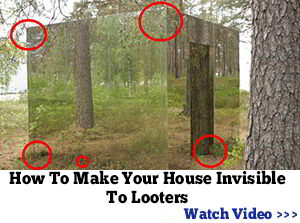 Stop Throwing Away Spoiled Milk! Do This Instead
Stop Throwing Away Spoiled Milk! Do This Instead
Do This Immediately If You Find These Tracks in on Your Property (Video)
Why You Should Put Plastic Forks in Your Vegetable Garden
7 Amish “Powers” You Should Master Before The Next Crisis
Read the full article here


